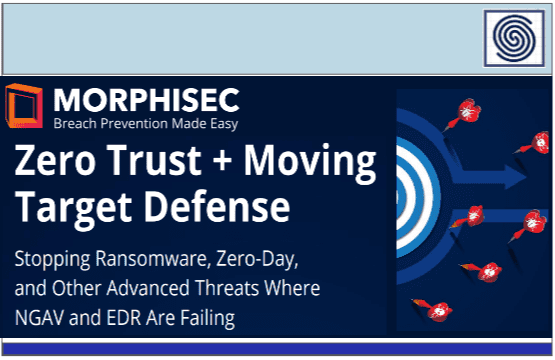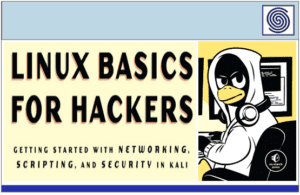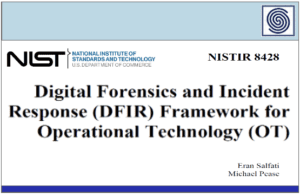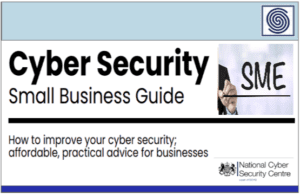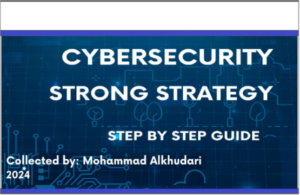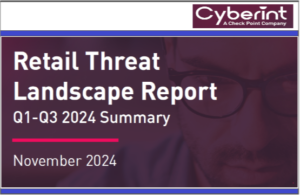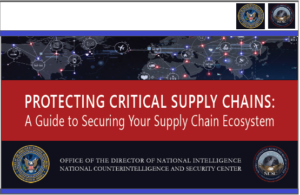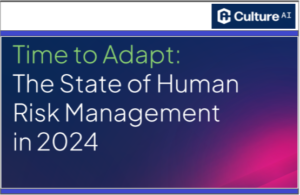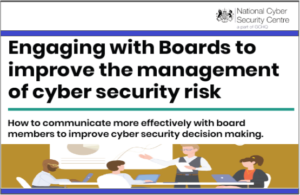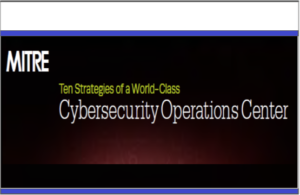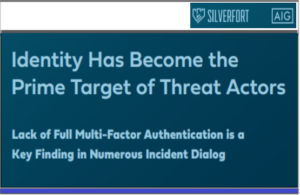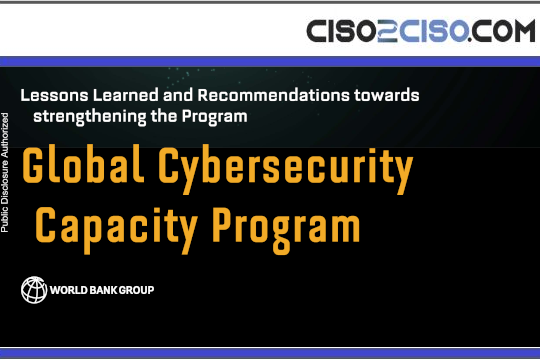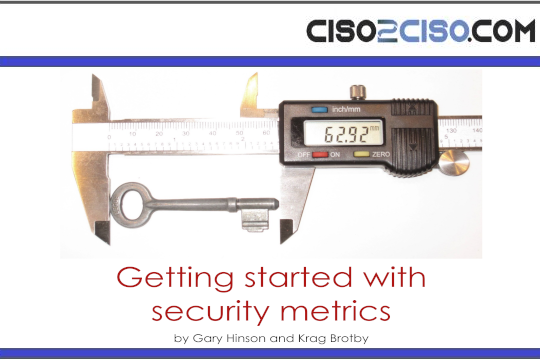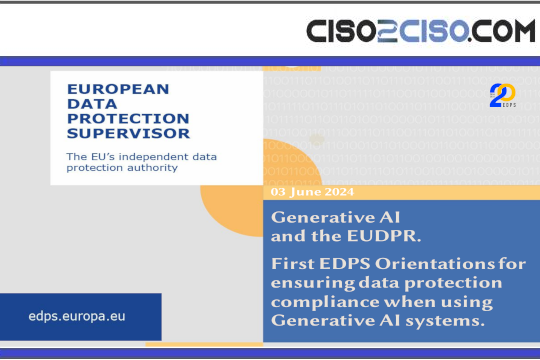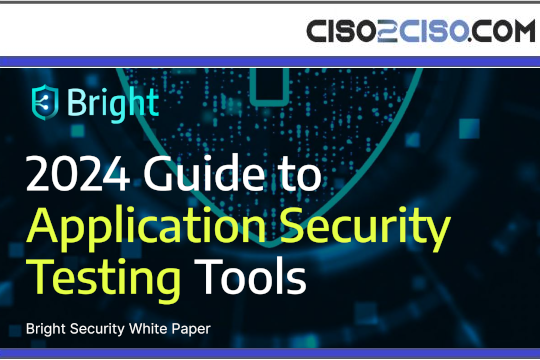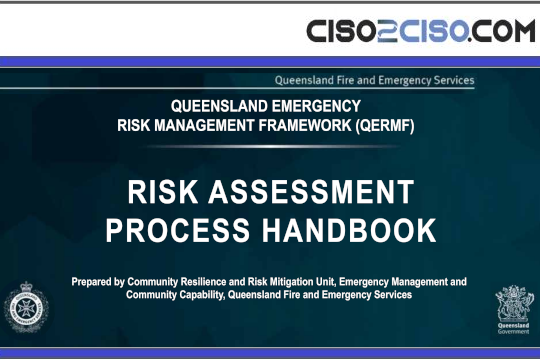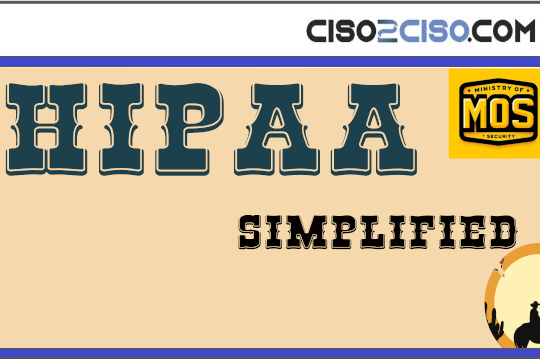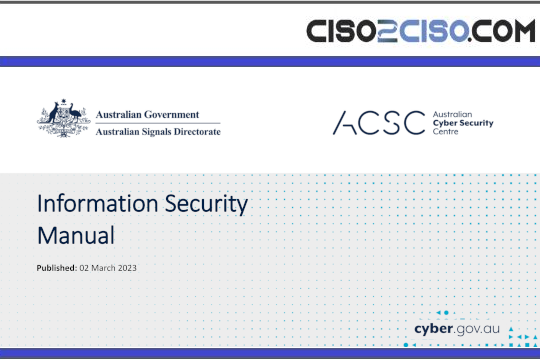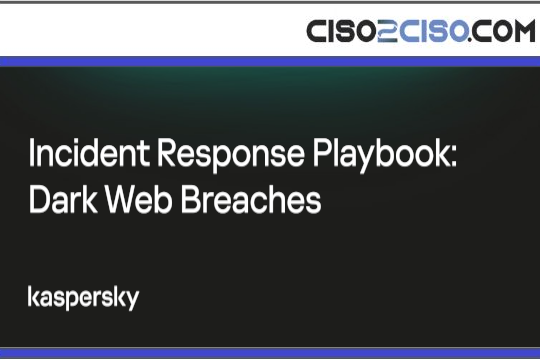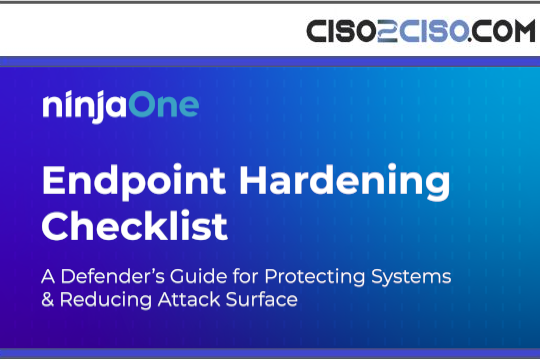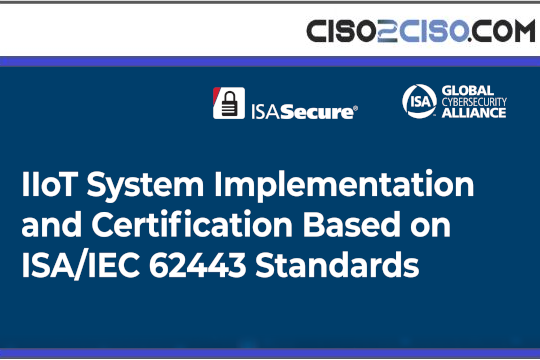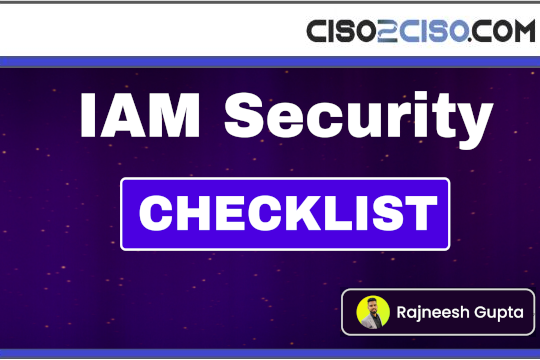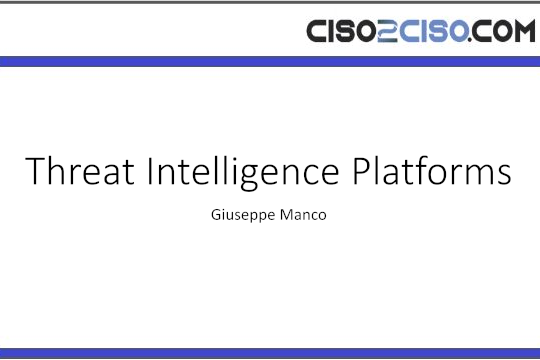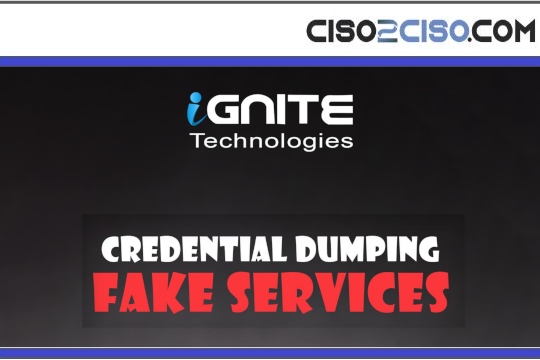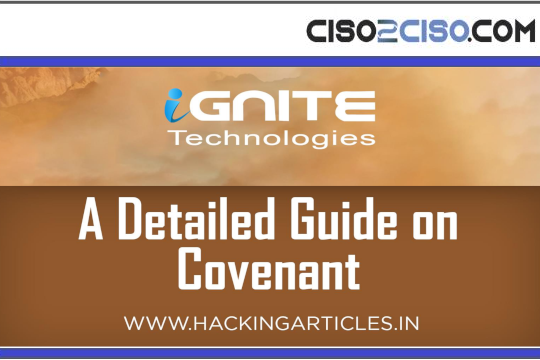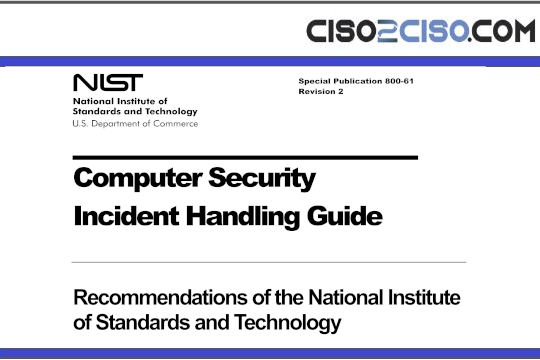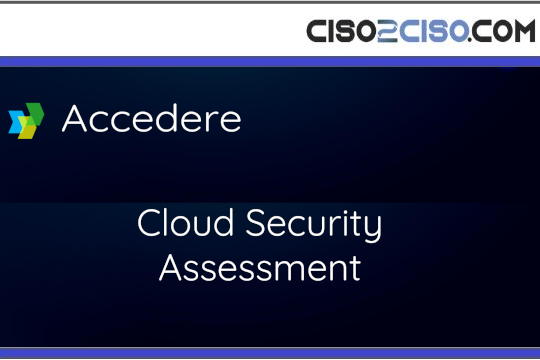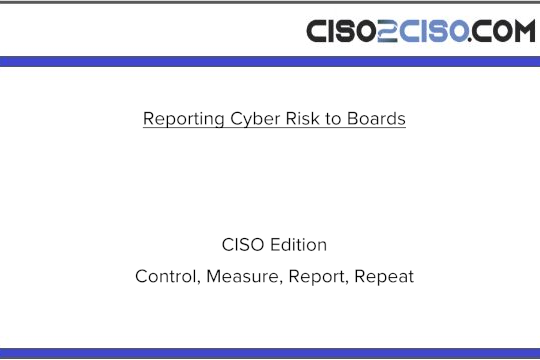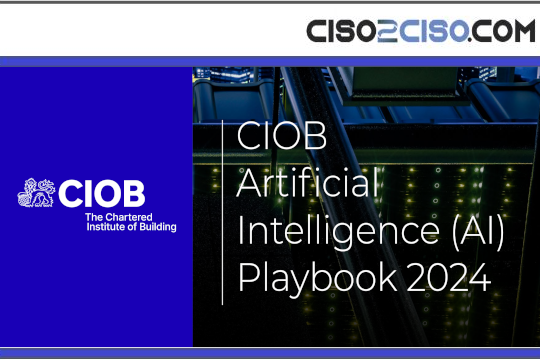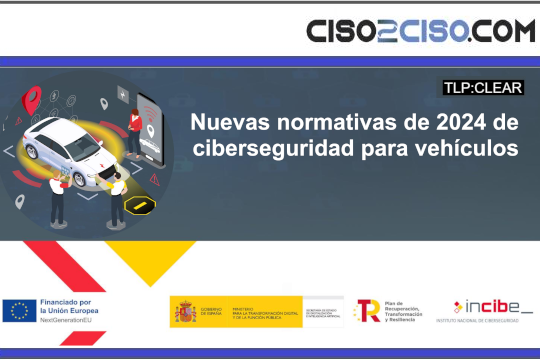Executive Summary
Despite the growing investment in cybersecurity, damage from cyber attacks continues to rise at an unprecedented rate, projected to reach over $10T by 2025. If existing solutions are supposedly working, then why are ransomware breaches happening and inflicting so much financial devastation, brand erosion, and loss of business?
The problem is that today’s solutions fail to counter threat actors’ advanced attacks.
Next generation antivirus (NGAV), endpoint protection platforms (EPP), and endpoint detection and response (EDR) solutions are adequate at stopping known attacks with recognized signatures
and behavioral patterns, but often fail to detect and prevent attacks that most organizations are experiencing today. A new technology has emerged that has been proven to stop ransomware and other
advanced zero day attacks, making prevention-first security a reality:
Moving Target Defense (MTD). Several years ago, the National Institute of Standards and Technology
(NIST) released a new framework called Zero Trust Architecture (ZTA) (800-207). While ZTA predominately addressed Identity and Access Management (IAM), the NIST document also admonishes a zero trust approach for endpoints. As such, ZTA has become an important centerpiece to ensure a mature cybersecurity posture.
Within a ZTA framework, nothing has trust status. Instead, everything must undergo verification and authorization, early and repeatedly. MTD enables security teams to adopt ZTA and embrace the changes
needed to stop advanced attacks. This white paper introduces and demonstrates the proven power of MTD, and clarifies how it facilitates ZTA and can transform your cybersecurity posture in the process.
Views: 2

